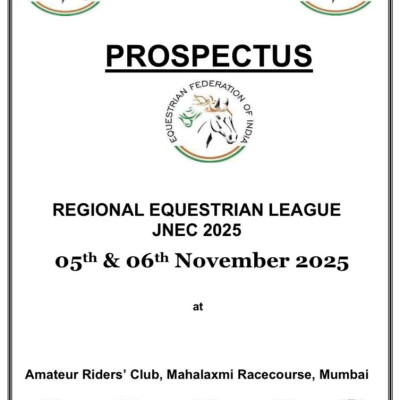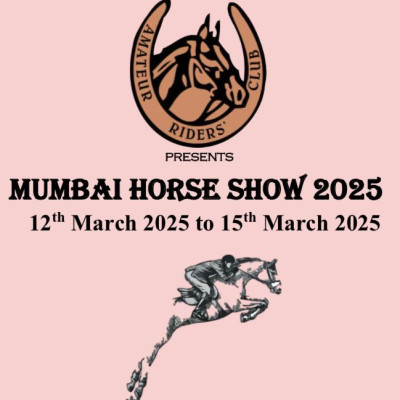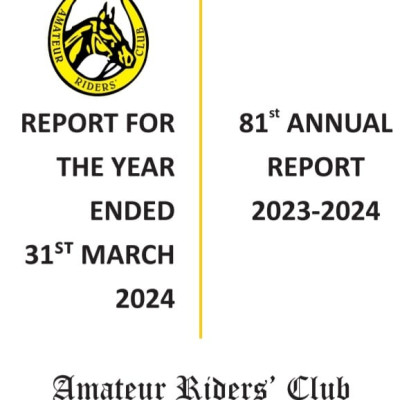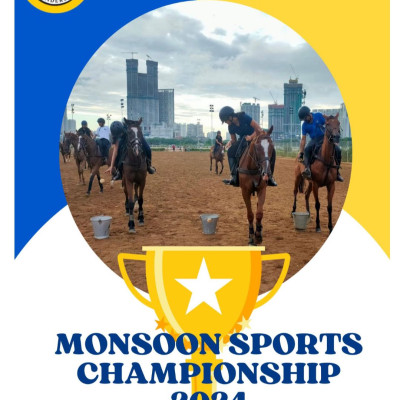Polo

01 Jan, 1892
Indian Polo Association
HISTORY OF IPA - GALLOPING THROUGH TIME
The Indian Polo Association was formed in 1892.
The IPA was established in 1892. it is registered under the Societies Registration Act XXI of 1860 (Punjab Amendment) Act 1957 as extended to the Union Territory of Delhi. The registered office of the association is co-located with the 'B' Squadron, 61 Cavalry, Delhi Cantt-110010.
Aims And Objectives
The objectives of the Association are:
To govern the game of Horse Polo in India.
To propagate the game and its bye laws in Conjunction with the Federation of International Polo.
To aid and promote this game both Nationally and Internationally.
Jurisdiction
The IPA is the Governing Body of Polo in India and is responsible for all laws regulating the game. It is the final authority of appeal in all matters relating to polo and is empowered to amend or, annul the existing laws of the game or, to frame new rules. The IPA is affiliated to the Federation of International Polo (FIP).
Management Of The Association
The affairs of the IPA are managed by the Office Bearers and a body of Stewards constituted biennially at a General Body Meeting which is held sometime in May/June. This is in accordance with the Memorandum and Rules and Regulations of the IPA.
Committees
For function and administrative requirement, IPA has the following committees:
Handicapping & Rules Committee
The members of the Handicapping Committee are nominated by the Stewards annually.
The members of the Handicapping Committee are nominated by the Stewards annually.
The committee is responsible to allot handicaps to all players.
The Handicapping Committee meets annually sometime in May/June at the end of the IPA Polo Calendar and if required during the mid season.
The revised handicaps are effective from 1st Aug.
Selection Committee
A Selection Committee is nominated by the Stewards as per requirement.
Affiliated Clubs
At present 33 clubs are affiliated to the IPA. Affiliation fee is Rs. 20000/- per annum.
Members
All individuals playing polo have to be members of the IPA through a parent club. Membership fee is Rs. 2,000/- per annum.
Polo Calendar
The polo year is from 1 Jul to the 30 Jun of the next year. Polo tournaments in India are played under the aegis of the IPA at various centers. The polo calendar is finalised by the Stewards every year.
Categorization Of Centers
Polo centers have been classified in three categories on the number of players, polo ponies, polo ground, and popularity of the game in those areas as under:
Cat ‘A’ : Delhi, Jaipur, Bombay and Jodhpur
Cat ‘B’ : Hyderabad, Calcutta, Bangalore, Madras and Dehra Dun
Cat ‘C’ : Manipur, Ladakh, Meerut and Patiala
Fee For Conducting Polo
The fee for conducting polo as per categorization of centers is as under:
Cat ‘A’ : Rs. 60,000/- per week
Cat ‘B’ : Rs. 15,000/- per week
Cat ‘C’ : Exempted
Accounts
The accounts of the association are maintained by IPA and the accounting year is from 1st April to 31st March. The accounts are audited by the nominated Chartered Accountants. The accounts are presented and ratified in the AGM.
Trophies
The association has four Trophies. These are “The President’s Cup”, “The IPA Championship”, “Indian Masters Cup“ and “Junior National Championship”. The president’s cup is played in rotation at a polo center decided by the Stewards every year. The Junior National Championship is played annually during Feb/Mar polo season in Delhi. The IPA Championship & Indian Master Cup are played annually during Nov polo season in Delhi.
Some of the prominent teams at that time were Alwar, Bhopal, Bikaner, Jaipur, Hyderabad, Patiala, Jodhpur, Kishengarh and Kashmir. Majority of the Cavalry regiments of the British and the British Indian Army also fielded teams. The prominent amongst these were the Central India Horse (CHI), Prince Albert Victor Own Cavalry (PAVO’s Cav), the Inniskilling Dragoon Guards, the 10th Royal Hussars, the 15th Lancers, and the 17/21st Lancers.
In 1933 the famous Jaipur team established a record, which is unlikely ever to be beaten, by winning all the open tournaments in Britain and the Indian Championship. The team won the Indian Open Championship every year from 1930 to 1938.
The second World War and the mechanization of the Cavalry were severe setbacks to Polo. Post-independence, the Indian Polo Association decided that the best way to revive interest in Polo was to invite a foreign team to play exhibition matches at different centres. In 1950 the Argentine Polo team was invited to participate in tournaments in Jaipur, Delhi and Bombay. In 1955 the Pakistan Army Polo team visited India. These visits greatly enhanced and revived interest in Polo in the country.
The Calcutta Polo Club which is the oldest polo club in the world, was the first club to start holding tournaments again post-independence. Jaipur, Delhi, Bombay and Hyderabad also now hold regular tournaments.
In 1956, after a lapse of 17 years, the Indian Polo Championship was revived and has since been played regularly. In the year 1957, India sent an official polo team to participate in the World Championship in France. The team comprising Major Kishen Singh, Kr Bijay Singh, Rao Raja Hanut Singh and Maharaja Sawai Man Singh of Jaipur, won the championship beating all other teams which included many great players from England, Argentina, Spain.
An important transition in Indian polo was the adoption of polo by the Indian Army. With the Indian Army taking over the development and support of the sport, it ensured the survival of polo in very difficult times. With access to grounds and horses, the Indian Army took to this sport passionately and threw up a number of distinguished legendary players. The Army carried forward the polo tradition to the era of economic liberalization and corporate tzars. With a happy and condusive homogeneity amongst the Army and its civil counterparts, the sport today is on an upswing.
The Late President of India, Shri Fakhruddin Ali Ahmed had kindly consented to be the Patron-in-Chief of the Indian Polo Association and a new trophy called “The President’s Cup” was introduced in 1975. The Trophy is played in rotation at Delhi, Calcutta, Bombay and Jaipur.
In the year 1992 the IPA completed 100 years and since then polo is on an upward trend in the country. Today we have 33 Polo Clubs registered with IPA. Polo has been revived at Leh in Jammu and Kashmir, at Udaipur and Jodhpur in Rajasthan, Hyderabad and Bangalore in South India. Polo is now not only the domain of the Army but a number of corporate and industrial houses are supporting teams in the domestic polo circuit.
To know more click in INDIAN POLO ASSOCIATION
*WEBMASTER*





.jpeg)



.jpeg)
